Notorious filmmaker Jean Rollin delivers a surprisingly restrained tale of escape through fantastical imaginings and the powerful bonds of girlhood.
Jean Rollin was a director best known for his affection for female vampires, which sounds like prime horror-sexploitation fare. However, his taste for bare breasts and bloodsuckers somehow never feels as sleazy as it sounds. That could just be because he is French…although, the French themselves found him to be pretty sleazy. Most of his critics wrote him off as a little more than a pornographer.
But to wave away Rollin’s work as simple skin flicks is to ignore an impressive collection of strange, meditative, erotic, and often beautiful films. That is, as long as it’s playing to the right audience. As any Rollin fan will tell you, it helps to be in the mood for this sort of thing—that thing being terminally long panoramic shots of city skylines, moody close ups of morose beauties, and lyrical dialogue that is often as lovely as it is frustrating.
Two Orphan Vampires was one of his last films, and by all accounts, it plays like a greatest hits collection of what came before it.
Despite being released in 1997, you would be forgiven for thinking it was made the end of the 1970s, as literally everything about it from the style of filmmaking to the costume design screams as much. But this could just be Rollin cruising in his comfort zone, all the better to focus his care and attention where it truly matters: his two main characters.
Louise and Henriette are teenage girls, both blind and orphaned, who have been together as long as they can remember. Sweet, beautiful, and completely helpless, the girls are beloved by the nuns at the orphanage and seen as the epitome of innocence. They are soon adopted by a kindly vision specialist, who is set on restoring the girls’ sight and as a bonus, gets a pair of sexy daughters to brighten up his home life. (As creepy as that set up sounds, the most shocking aspect of this film is that the doctor has no apparent ulterior motive and really is just a nice man who wants to help.)
But the girls have a secret: “At night, we see blue. And we bite.”
The girls are actually vampires, and they can only see when darkness falls.
By day, they play their parts as perfect blind angels. They spend their nights running wild, searching for cemeteries to play in (“one of our true homes”) and finding victims to drain now and then. On each outing, they meet “creatures as strange as us,” other monster girls that roam the night. The orphans leave these encounters all the more thankful to have each other, since it seems neither have ever had to know a world without the other in it.
They muse over what their past lives were like, from their glory days as Aztec gods to some groovy times in the ’60s. Each life ends with a “mishap” where they are discovered and killed, but they always come back and find one another again.
The movie is episodic by design, as it’s based on a series of books Rollin wrote about these characters. The pace of the film has a leisurely slice-of-life feeling that is appealing, if not glacially slow. It lacks momentum, but still feels rich with story despite not outwardly telling much of one. I really cannot stress enough how you need to be in the mood for this kind of movie.
The film’s highlights — and only sense of forward motion — are the meetings with the other female monsters.
The She-Wolf (not a werewolf, “just an ordinary she-wolf”) lives alone by the railroad tracks, hiding away from the packs of dogs that hunt her. The Midnight Lady, a mysterious woman with huge bat wings, flies over cemeteries and hangs out in mausoleums. Finally, the Ghoul, who throws out major Fairuza Balk vibes, lurks around graveyards scavenging for corpses to eat.
Each woman gets her time to shine, along with a lyrical monologue about her lot in life.
At some point, the She-Wolf says, “My reality is within.” She’s speaking of herself, but it brings up a very interesting idea that is exemplified throughout the film, and it’s the closest I’ve come to sussing out the message of this story.
My theory is that Louise and Henriette are not really blind, nor are they vampires.
It’s all just a game. These are two girls who probably met fairly young, unsure about their pasts and feeling powerless in the big lonely world. Clinging to each other, they create an elaborate fantasy, one lie piling onto the next, where they are secretly more powerful and splendid than they appear.
It is mentioned early on that they were not born blind, but slowly lost their sight over time for no apparent reason. They frequently refer to themselves as reincarnated Aztec gods, but only manage to put a name to it after they see “themselves” in a library book on the culture. In fact, most of their memories of past lives pair up conveniently with whatever they happen to be reading at the time. When they find a book on magic acts, they immediately set about convincing some skeptical girls that the book is about them. “All the magical girls, they’re Henriette and Louise, the Aztec goddesses!”
This seems a little inconsistent for a pair of real vampires, but right on point for imaginative teenage girls.
If you’re anything like I was at a certain age, where more time was spent reading books and browsing online RPG communities than in the real world, you know exactly what I’m talking about.
I spent the better part of my teenage years pouring over characters I had created, usually some variation on a vampire-dragon-faerie hybrid with a tragic backstory and an unlikely eye color. They were also heavily influenced by whatever media I was into at the time. (Hello, sassy duster-wearing vampire boyfriend who looks like Lestat and talks like Jack Sparrow!) These characters often felt real enough to become a secret part of my identity: a better, cooler, more powerful version of myself.
Thankfully, we grew up with the internet and had safe spaces to take these fantasies for a walk and keep them in perspective. But for some of us, certain aspects of identity are not so simple as to stay within one’s own mind, and struggle to break fully into reality. That is to say, there was always somebody that never wanted the game to end.
Henriette—taller, blonder, and the one who picks out their reading material—inherently feels like the leader of their twosome. It’s Henriette who decides the trajectory of their story, the root of their mythologies. There is also a distinct note of goading that rings through their conversations about past lives, with Henriette remembering something and Louise quickly adding that she remembers it too. A constant improv exercise, “yes, and”-ing into eternity.
In many ways, they are very much soulmates.
They are connected on a cellular level, two halves of one complete person. They finish each other’s sentences. They drink each other’s blood. They hold hands wherever they go. But despite that mutual devotion, it’s hard not to notice how the relationship seems just the teensiest bit lopsided.
Louise frequently tells Henriette how beautiful and brilliant she is, to which Henriette’s only reply is a smile, as if to say, “yeah, thanks, I know.” Again, they do truly love each other, and it’s not as if Henriette is just stringing Louise along. I just wonder about the start of their relationship, knowing how vulnerable a lonely teen can be–how much of it was Henriette wanting to be admired, and how much of it was Louise wanting to be liked?
The girls eventually show their true colors when they decide to kill the good doctor. Not with a bite, or even anything remotely vampiric. Henriette stabs him in the back and they run away screaming as he slowly bleeds out. All the grace and glee that went into stalking people through graveyards suddenly disappears and the monsters are revealed to be what they really are: two little girls that are actually pretty squeamish.
It is strikingly similar to the case of Pauline Parker and Juliet Hulme in 1954.
Two teenage girls, best friends and self-proclaimed soulmates, bonded over writing stories together, composing a series of fantasy tales where they lived out incredible adventures. Their created world became more real and lovely than anything in their daily life, and they were extremely protective of it and each other.
Their concerned parents decided it was best they spend some time apart, and the girls responded by murdering Pauline’s mother with a brick. The case was a huge splash. Headlines screamed about insane teenage lesbians run amok, and it kicked off a full blown moral panic across New Zealand that year.
Leaping forward in time is the much more recent case of preteen best friends Anissa Weier and Morgan Geyser in 2014, who brutally stabbed their friend as an offering to internet boogeyman Slenderman. The girls were so entrenched in the lore of the character that they believed their actions would keep them safe from Slenderman’s wrath, and even better, grant them an invitation to the secret mansion that houses all the internet cryptids (conveniently located in their home state). Their friend survived, and the girls were charged as not guilty due to “mental disease or defect.” That definition could just as much be a claim of mental illness—Morgan was later diagnosed as schizophrenic—as it is a devastating brew of pubescent obsession.
It is uncanny how closely the stories follow one another despite being spread across time and cultures.
Two young women so enraptured with each other and their special game that they would eliminate any threat to their union. Louise and Henriette have a very similar dynamic to Pauline and Juliet, their everyday lives put through a filter of fantasy. They believe themselves to be ancient powerful creatures with a love as old as time. Like Anissa and Morgan, they are blessed with secret knowledge that the world is not as it seems and is actually crawling with monsters, but they feel safe as long as they are monsters too.
Everything around them is just inspiration for their stories, and the game never has to end. Most crucial of all is the devotion these girls share with each other: passionate affection and fierce loyalty mixed with immature minds and raging hormones. It’s a folie a deux of murderous proportions.
In the final minutes of the film, when they’re down and out, Louise asks Henriette who they are, “for real.” When she says, once again, that they’re Aztec goddesses, Louise snaps that there are no more Aztecs and to tell her the truth. Henriette rolls her eyes, shrugs, struggles for words—finally, she says, “I don’t know. Maybe nothing.”
When you become so entrenched in your own mythology, you can lose sight of where you started. When all the fantasy is stripped away, what are we left with?
Two Orphan Vampires is a love story at its core—just as much a stable lived-in romance as a toxic, doomed young love.
The girls are connected beyond any “relationship status” as we understand it, so deeply intertwined with one another that there is no knowing where Louise ends and Henriette begins.
Therein lies their struggle for identity, or lack thereof—are they the Two Orphan Vampires, reborn Aztec gods, or simply Henriette and Louise?—and questions how much any of that matters as long as they have each other. The lonely women they meet along the way serve to remind them that they are only one mishap away from being left alone in a world that doesn’t understand them.
Despite their flaws, we come to love the orphans as Rollin loves them. His affection and admiration for his vampires radiates throughout the film, as palpable and sincere as their love for each other.
That feeling, above all else, is what saves this film from being another slog through the arthouse, or a sensationalist bit of softcore.
It was made with, and about, real love in all its madness and splendor, and loneliness in all its terror, and that emotion leaps off the screen brighter than any bloodshed could.
In a world too big and bright and frightening, two little girls found each other in the darkness. They discovered their strength and their stories in one another, and in all the others that hide in the shadows. Real or imagined, sisters or lovers, beautiful immortal creatures or painfully imperfect human beings—the truth of it doesn’t really matter.
“All gods are real because they are imaginary,” and so too are the blind orphan girls who could see in the dark.


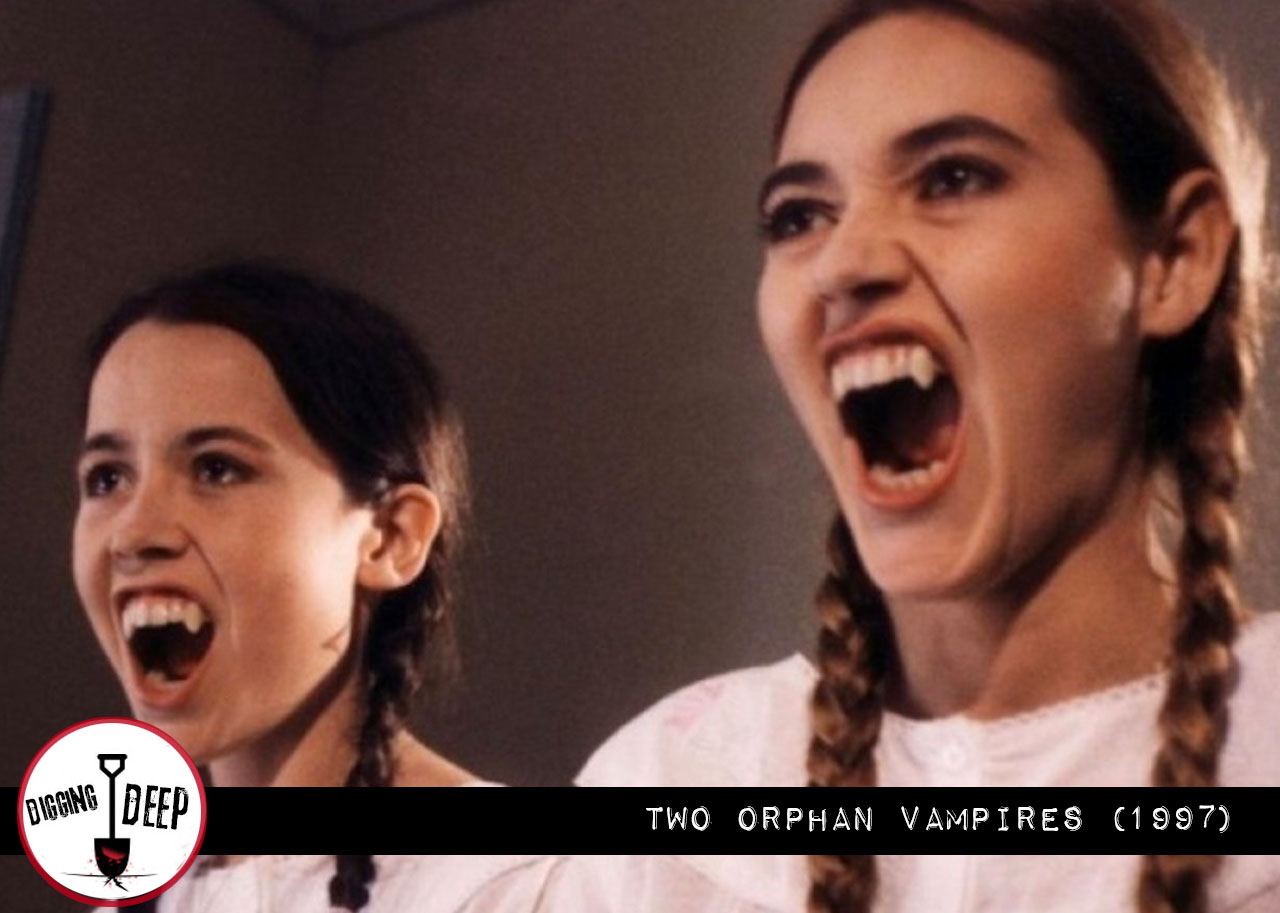
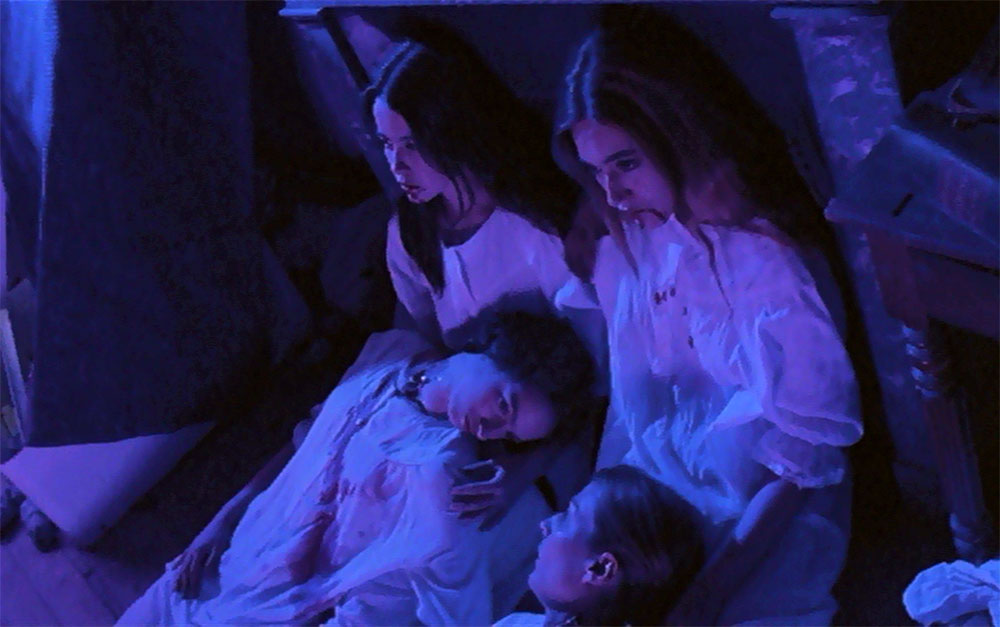
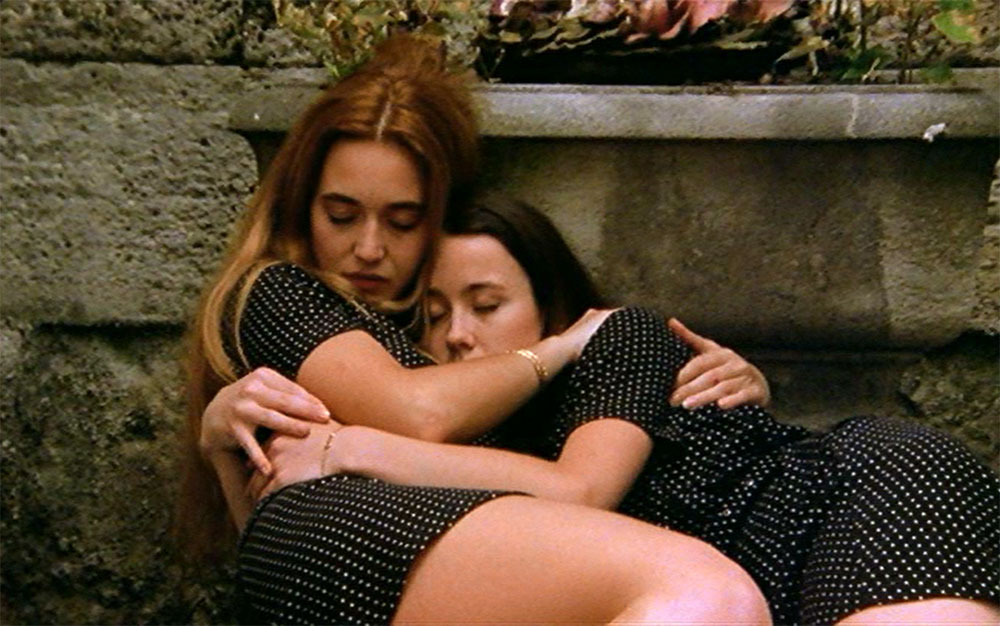
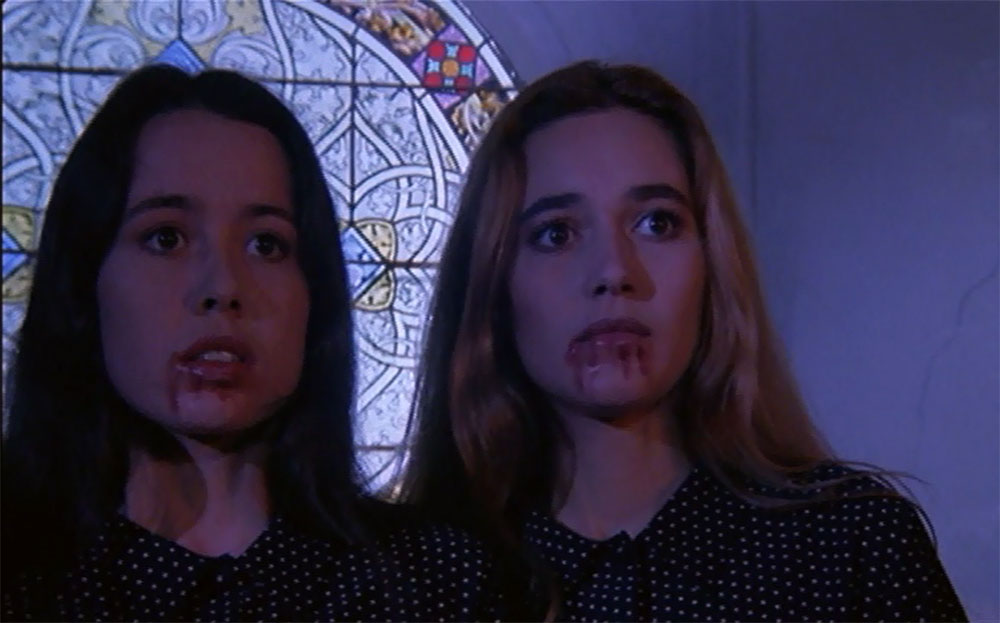
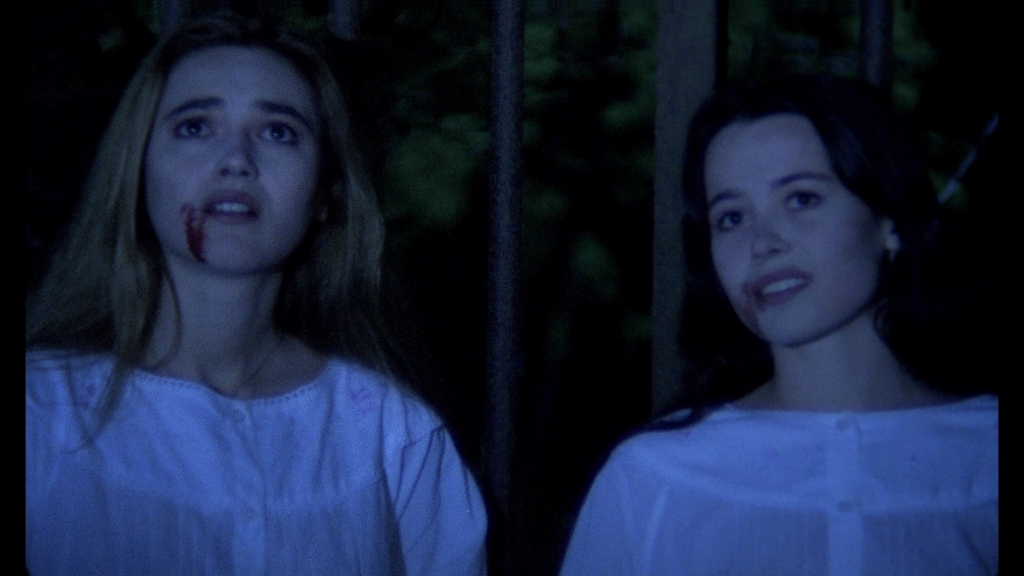
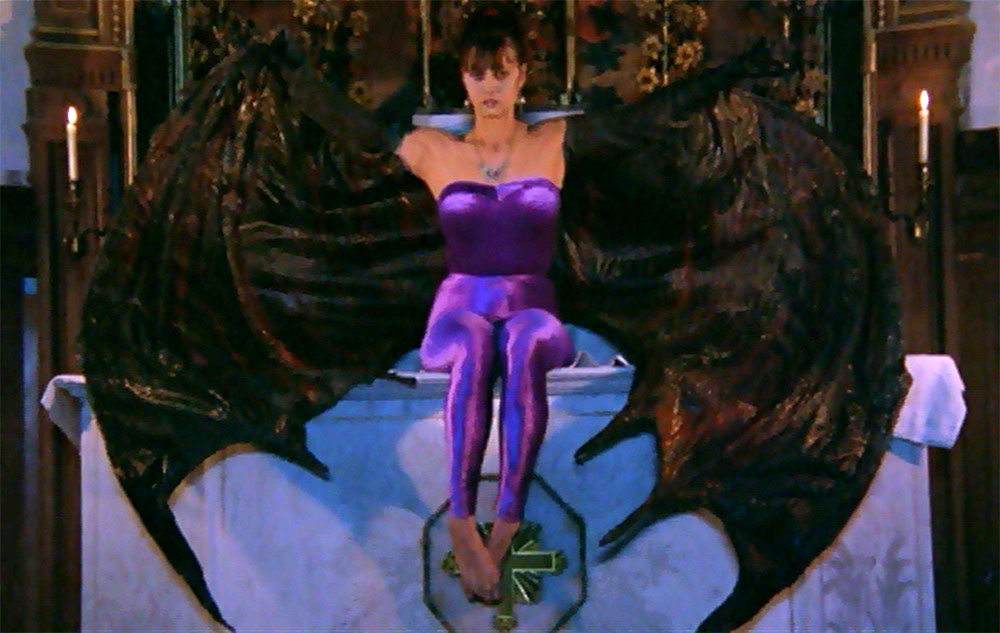
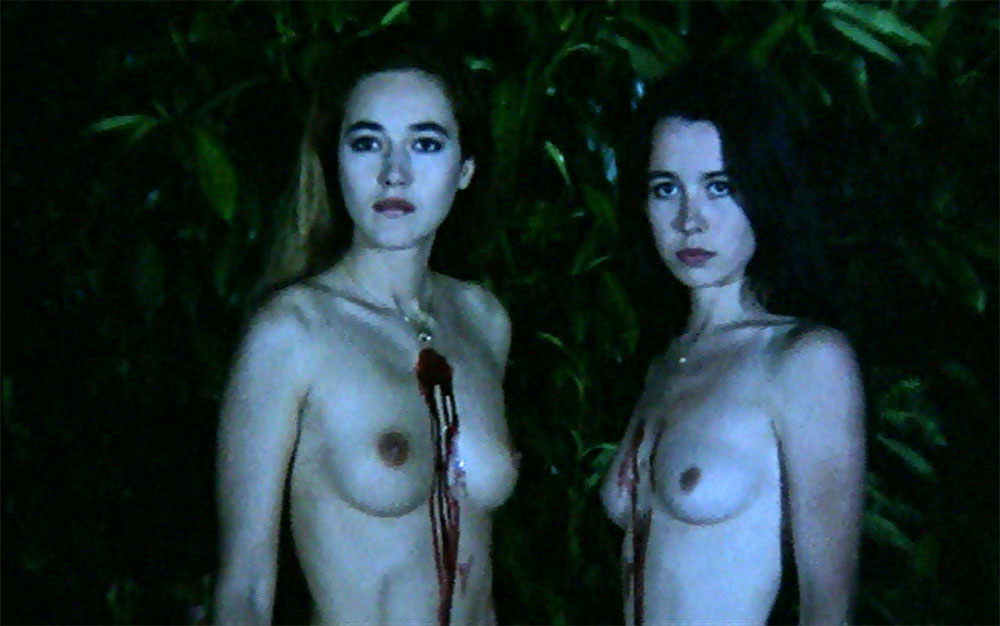
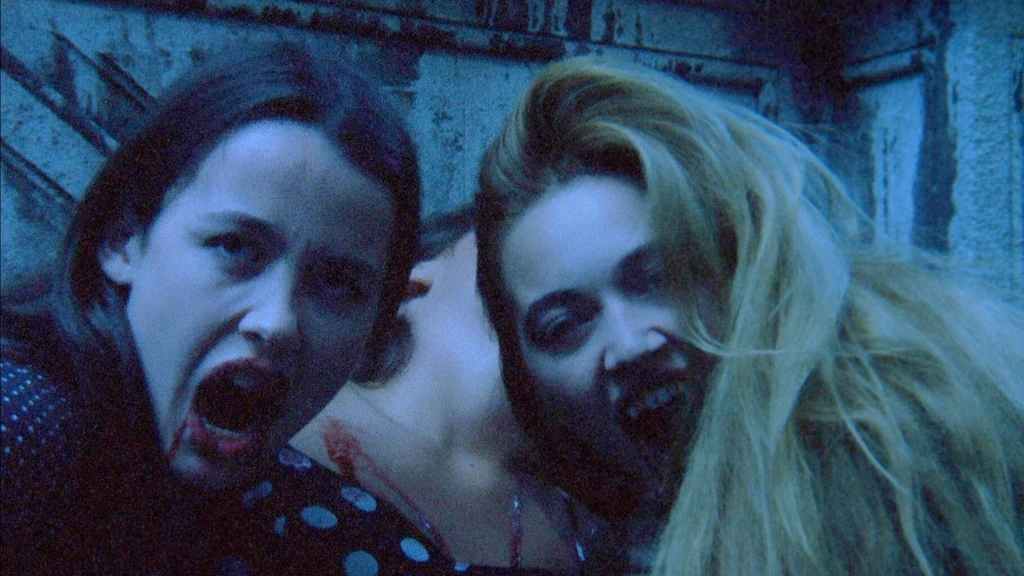
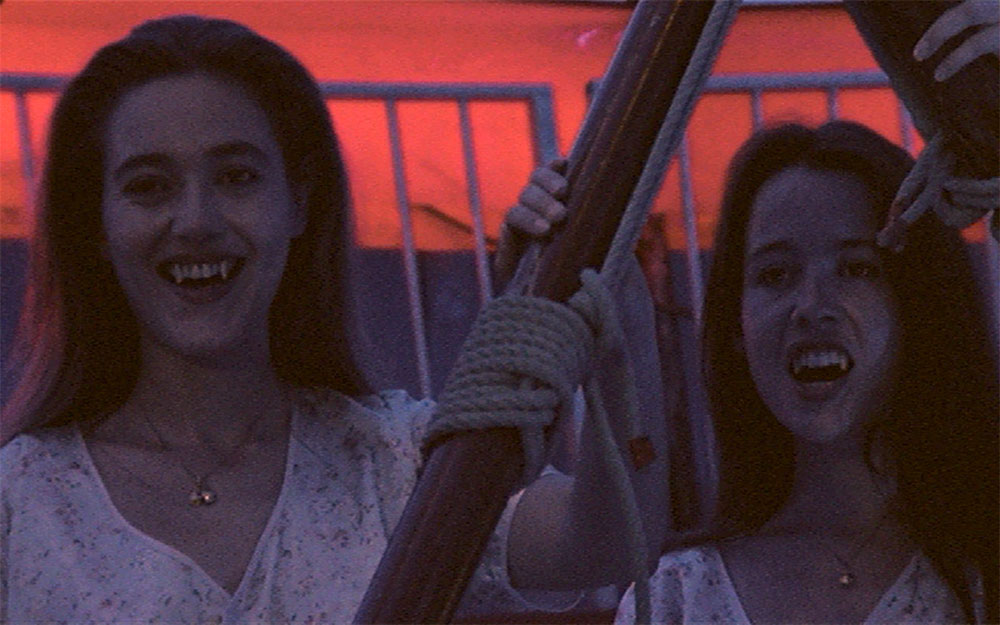


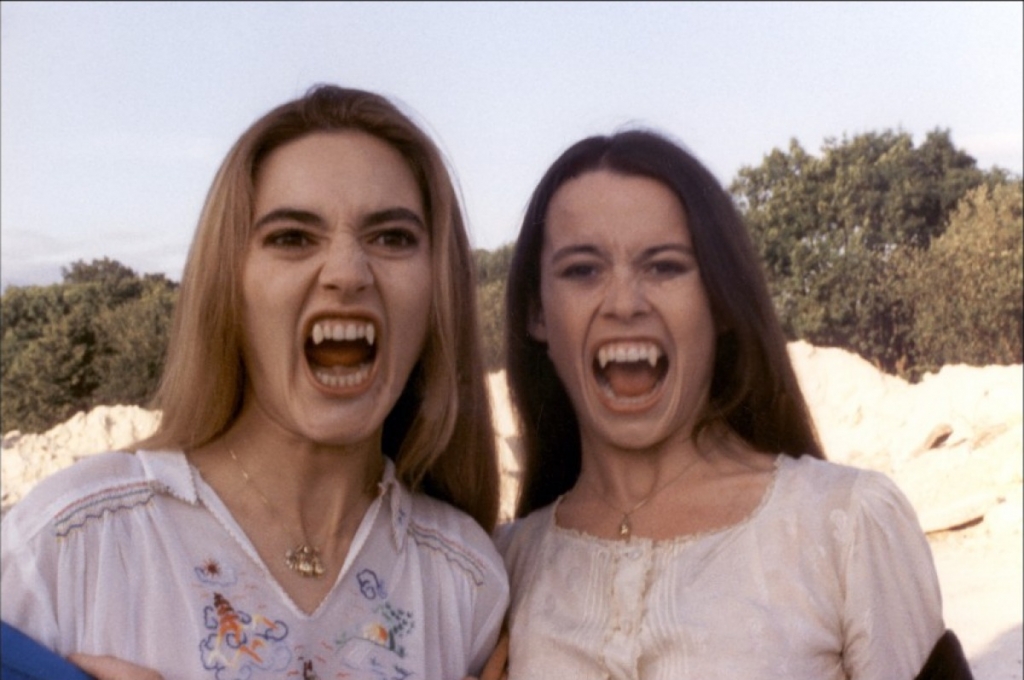












Follow Us!